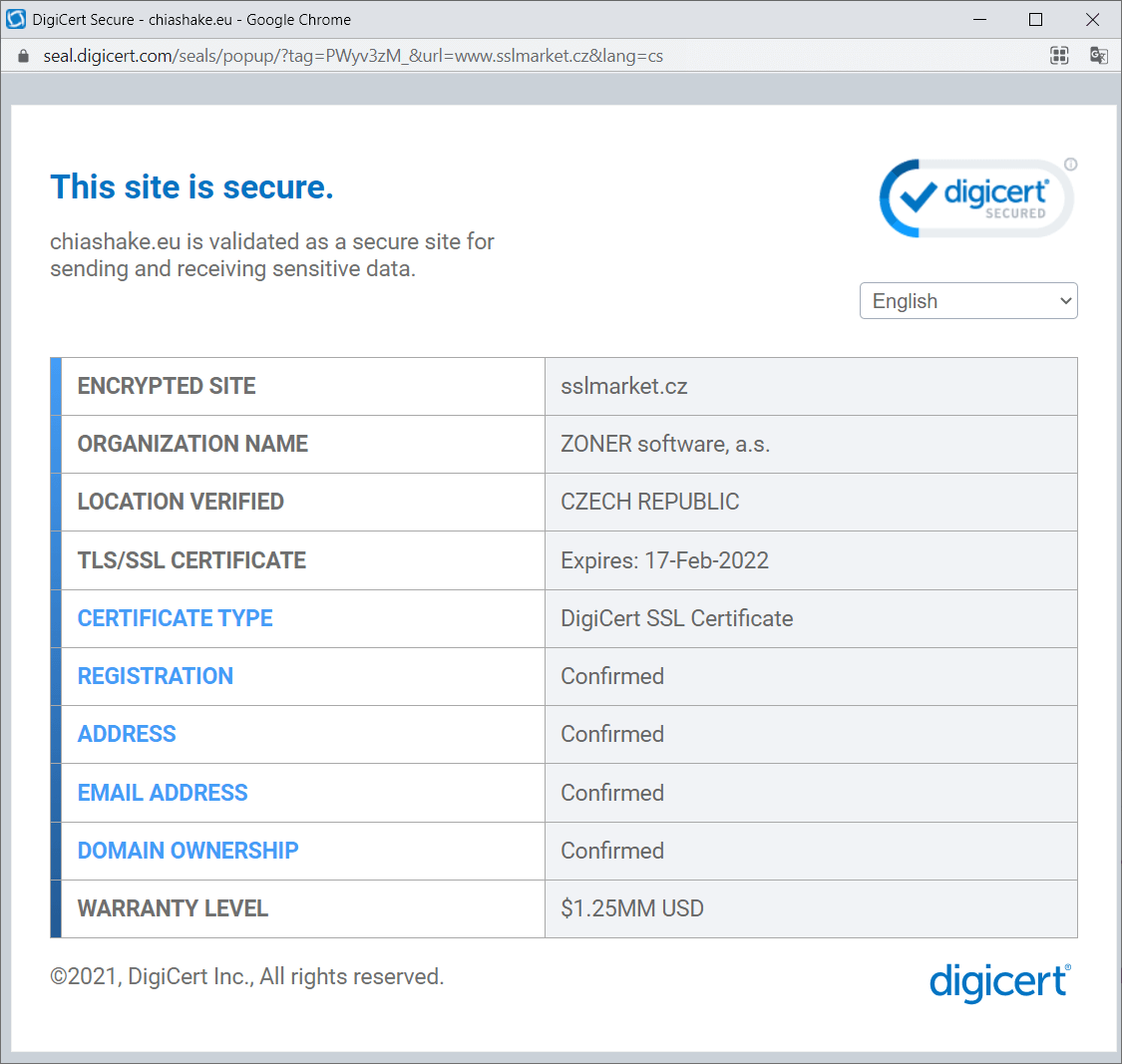Internet fraud is on the rise
Can you tell which of the sites listed below wants to rob you?
Do both addresses look the same to you? You are right!
One of the addresses is real and the other is fake (so-called phishing). Using a homographic attack, that is, translating Punycode characters for IDN domains, you can create a forgery that you cannot distinguish from the real site. Depending on the address and design of the website, now you can no longer be sure that you are on the right website.
How can you guarantee credibility and increase sales on your website?
Just place a security seal on your site. Any Thawte or GeoTrust certificate offers this seal.
Do I really need a seal on my website?
71 % of users look for a website security seal before proceeding with a purchase.
3 out of 4 believe a website displaying a site seal is secure.
60 % of participants stated they have not completed a purchase because a trust logo was missing.
How does the seal work?


Just click on the seal on the page.
What information does the seal provide?
Each type of certificate provides the following verified information:





